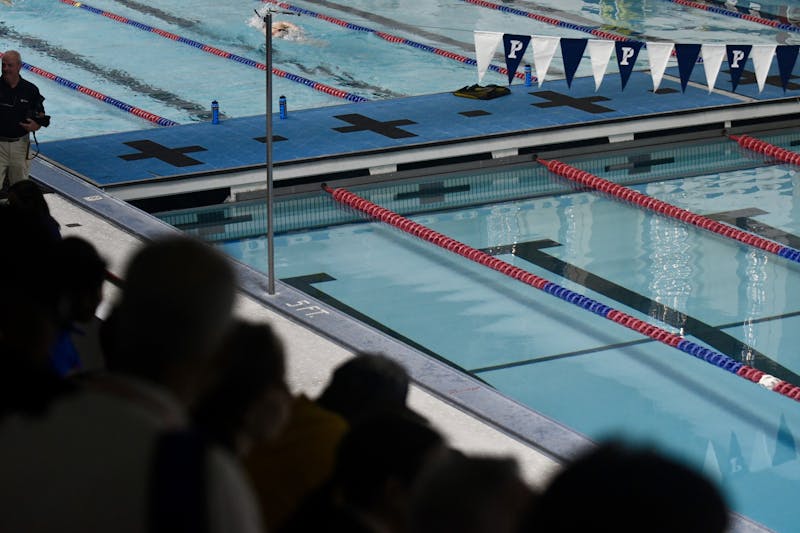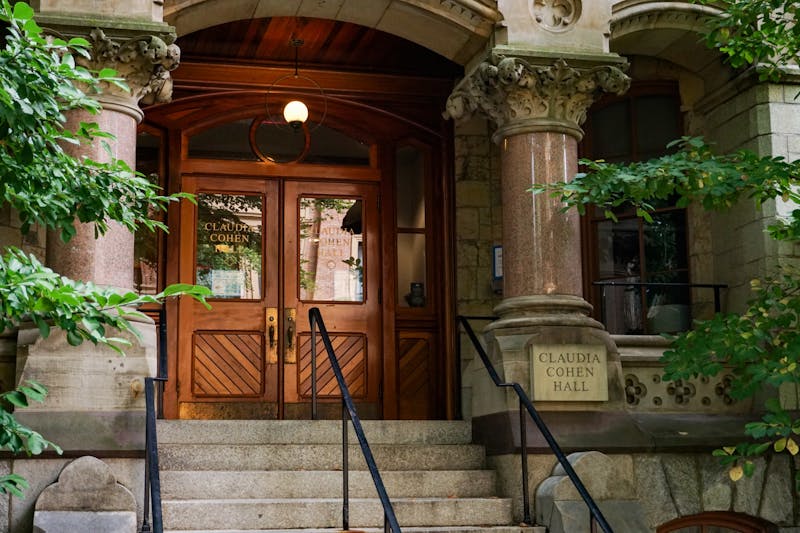Since its beginnings in 1960, the University of California at San Diego has mixed its residences with academics. And Provost Stanley Chodorow, formerly dean of arts and humanities at UCSD, may consider similar ideas for the University's residential system. UCSD students and staff have mixed reactions about the school's present housing system. Cynthia Cooper, administrative analyst for the housing department at UCSD, said the residential system rests on the five colleges that make up the university. Each college has separate general educational requirements and varying focuses, but students can major in any subject no matter what college they attend. "We always house students within that structure," Cooper said, adding that students usually choose their college based on the general requirements and focus in which they are interested. Last month, University President Judith Rodin and Chodorow unveiled the administration's plan for undergraduate education which will be implemented by 1997. The plan includes integrating academics with the residences in a college house-like system. Chodorow cited the example of core courses as a possible basis for organizing students in the residences. UCSD's five schools range in subject matter -- including ecology, international affairs, sociological systems and science. The Earl Warren School is a more general school covering a broad variety of other topics. The physical locations of each of the schools and their respective residences are called individual campuses at UCSD. Students can choose the college they want to attend and must complete the undergraduate requirements associated with each college, Cooper said. They live on the campus linked with the college for at least their first two years at the University. The residential arrangements allow students to live with others from their school. Those who do not want to participate in this program can attempt to be housed in the one dorm not directly oriented with a school, which is found on the Earl Warren campus. "We have used this system as a method of keeping students on campus," Cooper said. "They've been quite successful." Provost Patrick Ledden, who serves within UCSD's environmentally focused Muir College, said the program works because it "provides a base for activity and a focus for the organization of student life." But Ledden added that he was not sure if the residential connection with academics would work as well if it had not been instituted when the school was started. "It seems to be to be a difficult thing to impose on a university that didn't originally build it that way," he said. "It might be difficult for you to make it work the way it does here." UCSD senior Simone Miller said some problems exist with UCSD's housing arrangements because it "decentralizes" the university. "There's the criticism that it's broken down into five colleges and you only live with the people in your college," she said. "You don't get to know people from other colleges." Despite this problem, Miller said she is generally in favor of the housing programs. "I think it's a really good idea," she said. "It's sort of like a family atmosphere." UCSD junior Silvia Sfiligoi, who serves as vice president of finance for the Associated Students, UCSD's student government, agreed. She said some major problems arise with housing and pricing conditions. "There are really old buildings for some campuses, and much newer ones for other campuses, like Earl Warren," she said. "You have no choice because you have to go to the college you selected based on the general requirements academically." Cooper said the intellectual connection students share is a very important one. "If students are academically similar with [other students], it seems to make a better experience," she said. "Students feel like they belong to a smaller environment." Cooper added that the college house system "gets students directly connected with things they think they're interested in." Sfiligoi said UCSD students can create a "common bond" with the other students in the dorm. But she added that a problem can occur because of the similarities found between students within one dorm. Students are sometimes unable to meet other student who have different interests, majors and academic emphases then they do. "I think it's a great idea on a campus of this size," she said. "But I could see that as a problem." UCSD has between 18,000 and 19,000 undergraduates, Cooper said. Cooper said difficulties sometimes occur when students choose their colleges based on where the residences are. "Some call us wanting an ocean view," she said. Each residence has programming, activities and events related to the school with which it is associated. Cooper said the system cannot accommodate every student all the time because of the number of students UCSD serves. "Nothing is ever right for everybody," she said.
The Daily Pennsylvanian is an independent, student-run newspaper. Please consider making a donation to support the coverage that shapes the University. Your generosity ensures a future of strong journalism at Penn.
DonatePlease note All comments are eligible for publication in The Daily Pennsylvanian.







